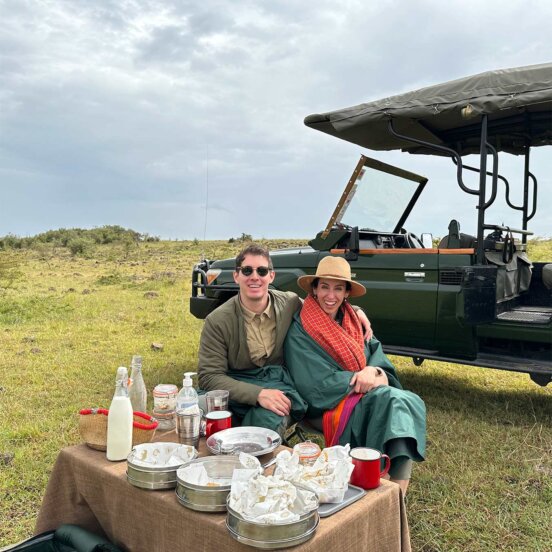Why these five countries have a thriving singles culture
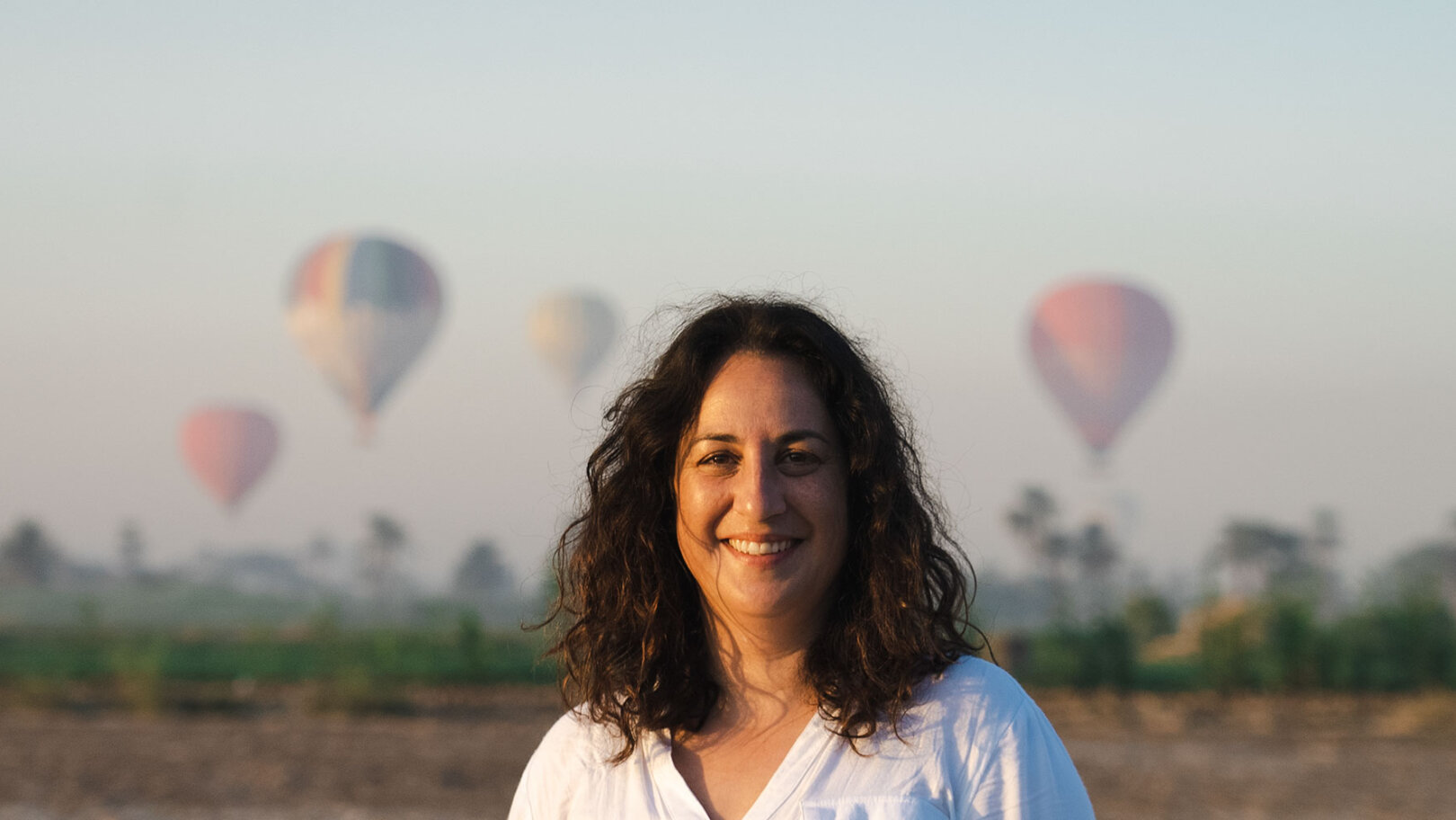
Home alone is no longer the gimmick of a 90s Christmas movie: it’s also a chosen reality for millions of individuals around the world. From the US to South Korea, single households are on the rise (researchers predict a 128% global growth by 2030) – in a trend fuelled by newfound financial and lifestyle freedoms.
In fact, in many places, solo living is becoming a collective experience: an emblem of independence and choice with its own distinct identity. People are choosing to look beyond the nuclear family dynamic in order to live alone, often in a community where doing so is the norm.
For people in their 30s and 40s, in particular, doing so enables opportunities that previous generations could only dream about; including the space to pursue new friendships, travel and career goals minus the demands of spouses or children.
Here are five countries around the world where flying solo is not only accepted but positively embraced.
Japan
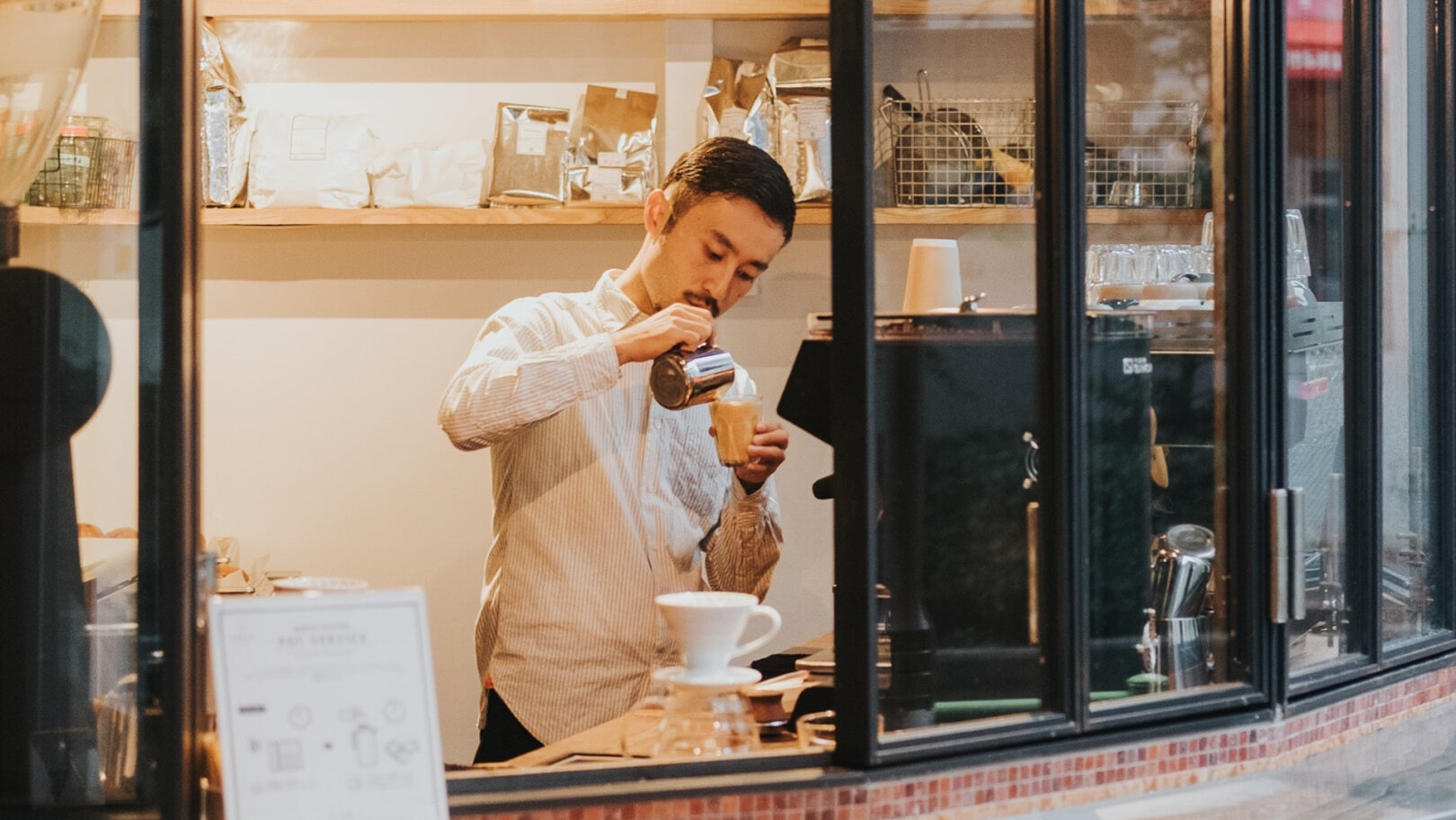
In Japan, nearly 40% of the nation live alone, and a record 34% of people aged between 20 and 49 have never had a romantic relationship, shaping a “perma-single” culture. One in four single people in the country say that they are actively against getting married, too. While this figure has been the source of some ominous rumblings about loneliness and the economy, it is in fact a very good thing for most involved.
Take 41-year-old Miyoko Taniguchi, of the many ohitorisama (people who live and do things alone) behind Japan’s recent boom in single living. “It’s definitely more relaxing on one’s own,” says Taniguchi, who, despite having a boyfriend, lives alone and often chooses to drink alone in her local neighborhood bar. So-called “herbivore men” – painted as busy urbanites who have little interest in actively pursuing relationships – are also on the rise.
There are many reasons behind this shift. Craving freedom, people are opting to sidestep a negative gender dynamic that is inexorably tied to marriage in Japan, even now. Other people divorce or choose to live single but with relationships on the side.
Whatever the motivation for what researcher Kazuhisa Arakawa describes as Japan’s “super solo society”, there’s nothing bleak about it. This is a country where it’s completely normal for people to dine out, sing karaoke and live alone. As Arakawa points out, “A ‘super solo society’ will be the future of all countries, not only Japan.”
Sweden

More than 50% of households in Sweden are single-person, according to Eurostat; the highest level within the EU. The country’s high-tax welfare system means many people can afford to live alone if they want to, and there’s great value attached to individual freedom and gender equality. Gunnar Andersson, professor of demography at Stockholm University, explains that Sweden’s “culture of individualism” dates back centuries.
Rather than being a taboo, being single is an entirely accepted state of affairs, and one that’s facilitated by both the country’s housing stock (mostly compact city apartments), and comprehensive “cradle-to-coffin” support structure.
“I’ve never had the feeling there was anything wrong with me for living alone,” says Andreas Sjöström, one of the many single Swedes living in the city of Gothenburg. “I know plenty of others who also live in my situation, women and men alike. Some single, some with partners, but for whatever reason they have not moved in with each other.”
“In Sweden we like to feel like individuals,” adds Jonna Lundin, who has happily spent periods of her life living alone in Stockholm. “I think it’s a good thing – we are not as co-dependent as others. For me it was a way to get to know myself and what I want and what I like and don’t like.”
Canada
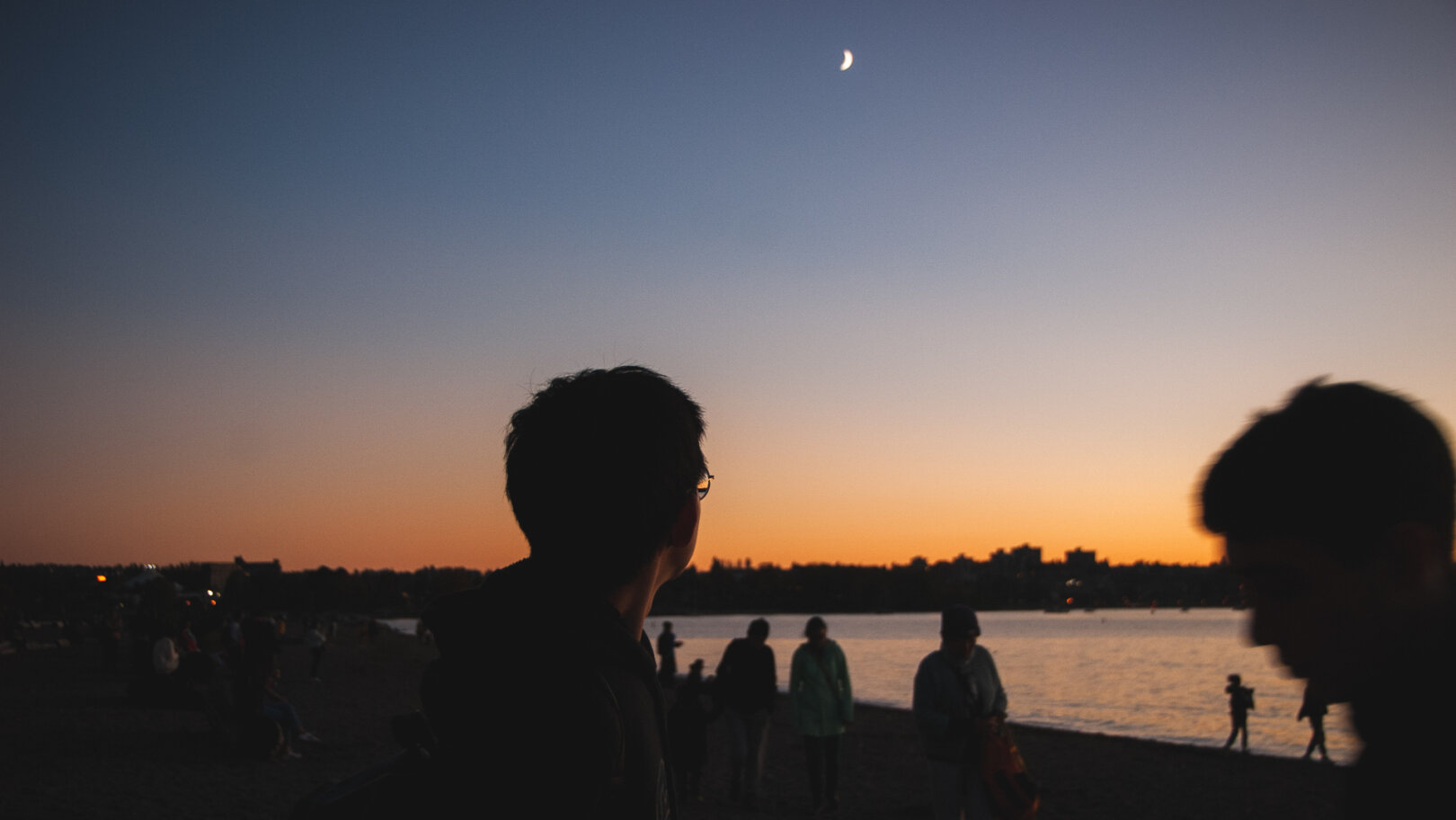
In Canada, the number of people living together as couples has been declining since the 1980s. Lone rangers in this majestic land of beauty now outweigh all other kinds of households, with nearly 30% of Canadians choosing to live alone.
Rapid urbanization and a rejection of the nuclear family model means more professionals are gravitating towards solo city life in places like Toronto, Montreal and Vancouver. People in this growing demographic may or may not be in relationships, but either way they tend to live alone minus children – yet in the vicinity of other like-minded solos.
“You can live alone but also be together with many people like you,” sociology professor and single living author Eric Klinenberg tells the Toronto Star. “Certain neighborhoods where up to 70% of households have just one person tend to have booming public areas, with good restaurants and bars and cafés and bookshops. People can come together in public and live alone and be very social.”
One such solo dweller, Davide Mastracci, is pretty happy with his solo set up in Toronto. “When you live by yourself you basically have total control over your own place,” he tells the paper. “You can set it up however you want.”
South Korea
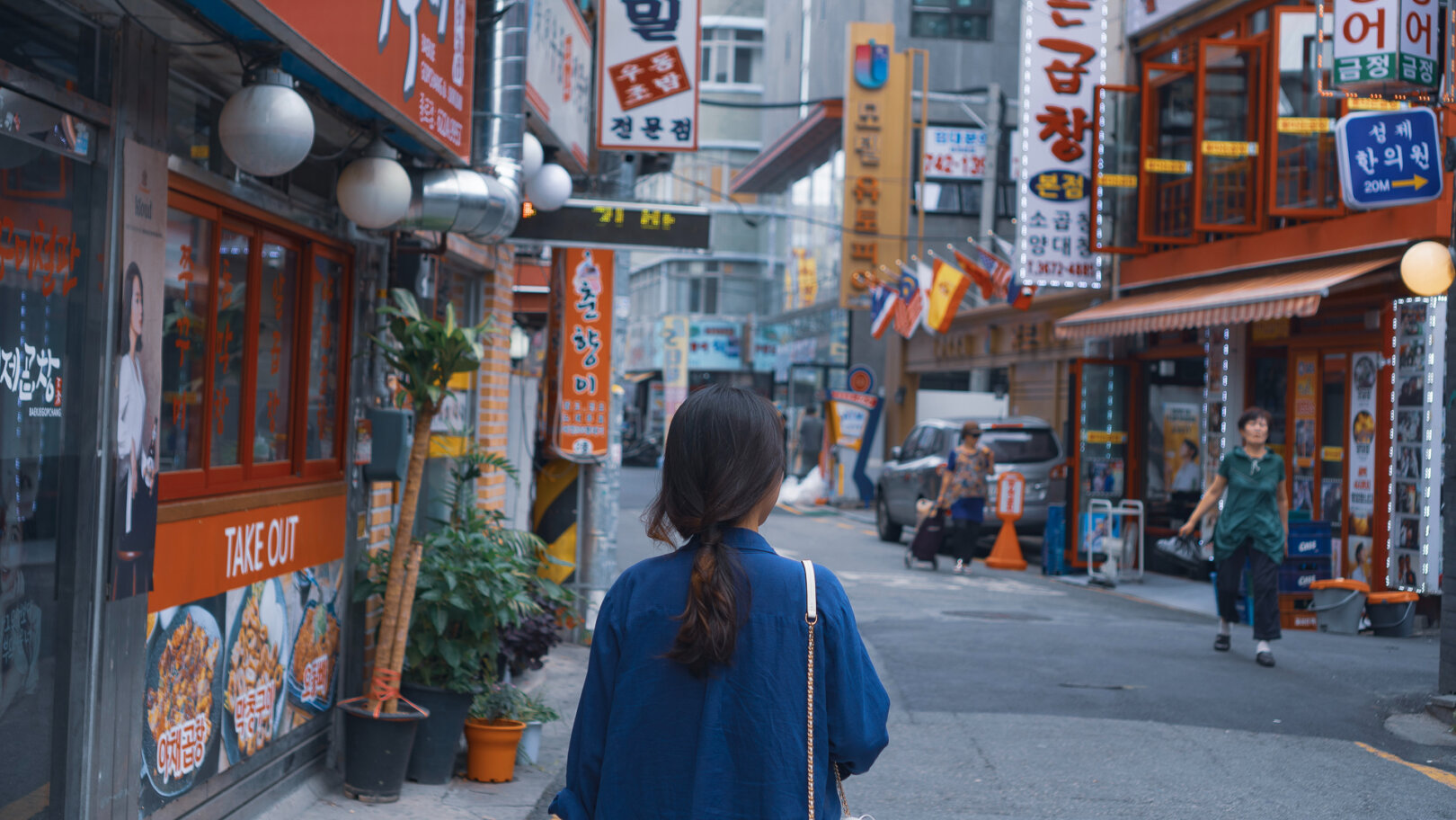
The number of South Koreans living alone peaked at a record high of 42% of all households in 2023; a jump of over 200,000 single dwellers in just one year. As in other places with similar trends, this is partly down to higher life expectancy. But it’s also because of a growing population of young professionals who are getting married older or not at all, and choosing not to have kids. This means they have greater disposable income for solo housing, and companies have responded to the jump in demand with furniture and gadgets designed for one-person spaces.
Similar to Canada, those living alone in South Korea congregate in buzzing urban areas, which in turn feeds their single way of life. “Singles tend to concentrate in areas where suitable accommodation and jobs are available, often leading to thriving and creative communities… dense with cafes, restaurants and retail spaces,” reads an article in South Korea’s Haps magazine.
The magazine warns against romanticizing the trend too much, however: “The reality is that [single living] is sharply polarized alongside gender and income. In short, whereas most singles in their 30s to 40s are middle-class professional men, there are an equal number of women in their 60s to 80s living in abject poverty.”
Brazil

Família comes first to many in Brazil but that hasn’t stopped it becoming one of the world’s fastest-growing nations for one-person households. In 2021, there were almost 11.8 million Brazilians living alone in single households; the third most common type in the country.
Driven by a booming economy, urbanization and women marrying less or later, more and more professionals here are choosing to live solo. In major cities such as Recife and Rio, they’re joined by single travelers who flock to Brazil, seeking out its vibrant coworking and digital nomad community.
Culturally speaking, single living is helped by Brazil’s broad-ranging attitude to family, too. In Brazil, everyone joining regular social gatherings is considered as family; whether or not they’re a blood relation is of lesser importance.
According to the Huffington Post, this derives from “parentela”, a concept hailing from northeast Brazil in which large, intimate groups are held together around extended networks of families and friends. All of this drives home the social benefits of single living, providing the glue through which Brazil’s solo living communities thrive.
Ready to celebrate your independence by taking a solo trip? Join Flash Pack today to go on an adventure with other like-minded travelers.
Got a story or adventure that could inspire a solo traveler like you? Tag @flashpack on social or email [email protected] to be featured.
Images: Flash Pack and Unsplash







